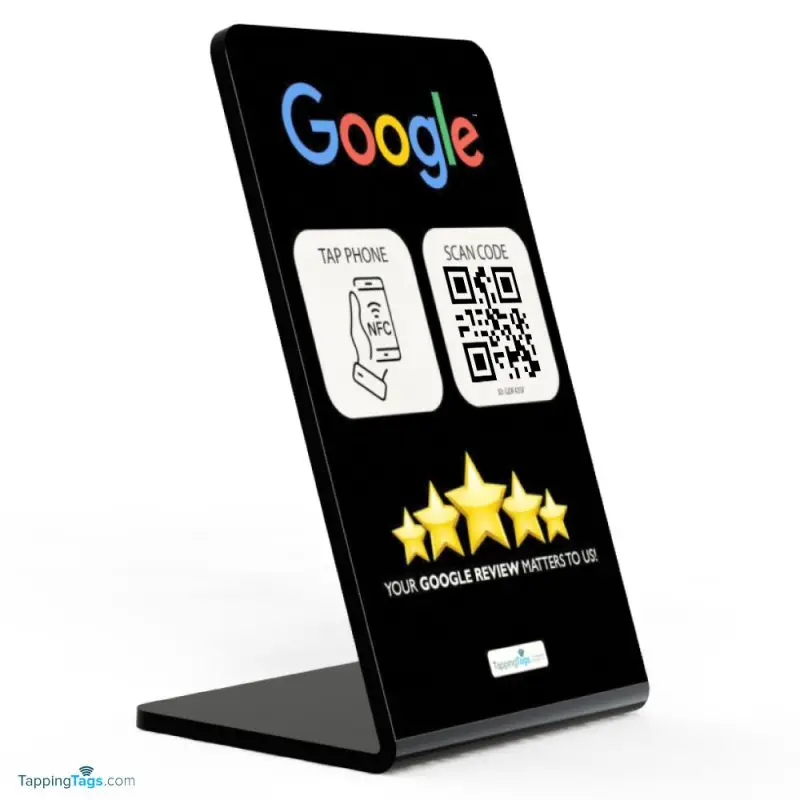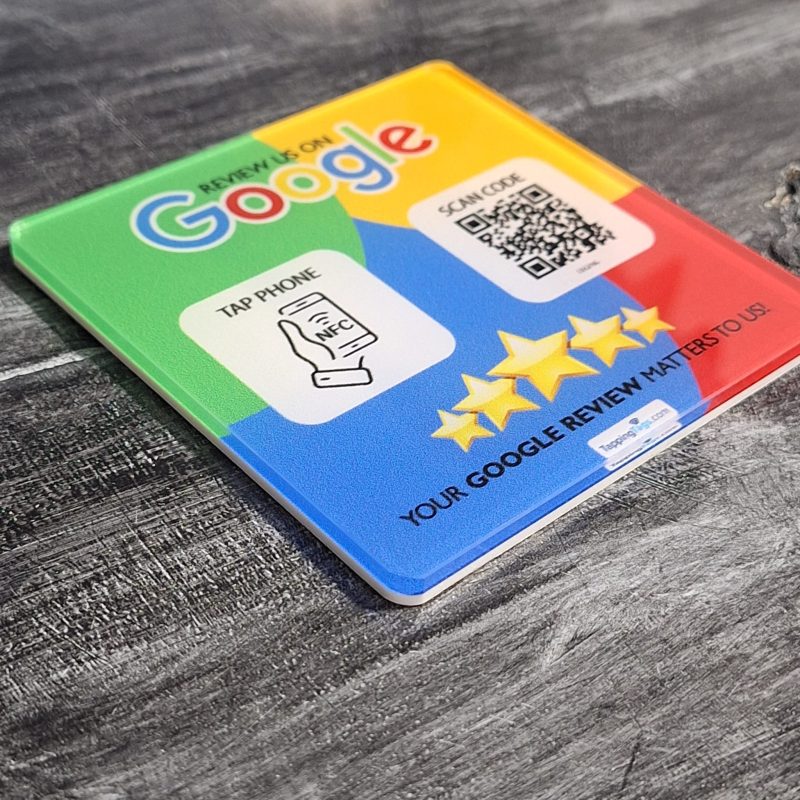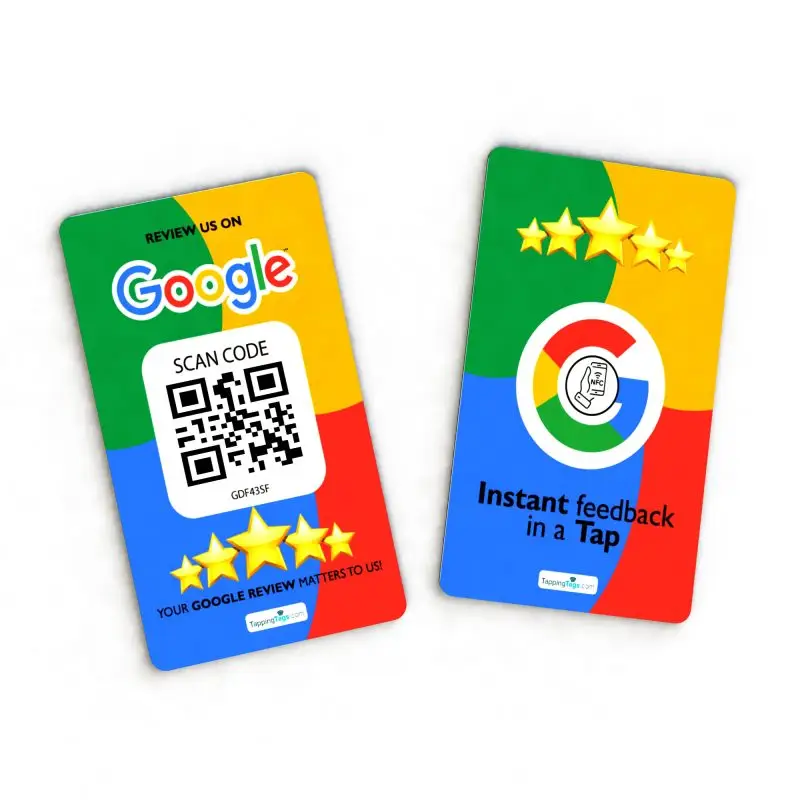Blog
Tips for Crafting Effective Review Follow-Up Messages
In today’s digital age, customer feedback is more crucial than ever. With the rise of online reviews, businesses must not only collect feedback but also engage with their customers post-review. This is where effective follow-up messages come into play. Whether you’re a small business owner or part of a larger corporation, knowing how to craft these messages can significantly enhance your online presence and boost your SEO. In this guide, we’ll explore practical tips for creating follow-up messages that resonate with your customers and encourage further engagement.
Understanding the Importance of Follow-Up Messages
Why are follow-up messages so important? Think of them as a bridge between your business and your customers. When someone takes the time to leave a review, they’re sharing their experience, and acknowledging that effort can go a long way. Follow-up messages not only show appreciation but also provide an opportunity to address any concerns, gather more feedback, and foster a sense of community. This engagement can lead to increased customer loyalty and a positive brand image.
Moreover, effective follow-up messages can enhance your online visibility. When customers see that you care about their opinions, they’re more likely to leave additional reviews, which can improve your rankings on platforms like Google. This is particularly relevant if you’re utilizing tools like Google Review NFC cards from Tapping Tags. These cards streamline the review process, making it easier for customers to provide feedback, which you can then follow up on.
Crafting the Perfect Follow-Up Message
Now that we understand the importance of follow-up messages, let’s dive into how to craft the perfect one. Start by personalizing your message. Use the customer’s name and reference their specific review. This shows that you value their input and are not just sending out generic responses. For instance, instead of saying, “Thank you for your review,” you could say, “Hi [Customer Name], thank you for your thoughtful review about [specific product/service].” This small touch can make a big difference.
Next, express genuine gratitude. Customers appreciate when businesses acknowledge their feedback. A simple “We’re grateful for your insights” can go a long way. This not only makes the customer feel valued but also encourages them to engage with your brand further.
Additionally, address any concerns mentioned in the review. If a customer pointed out a flaw in your service, acknowledge it and explain how you plan to improve. This transparency builds trust and shows that you’re committed to enhancing their experience. For example, you might say, “We appreciate your feedback regarding our response time. We’re actively working on improving this to serve you better in the future.”
Utilizing Technology for Enhanced Engagement
Incorporating technology into your follow-up strategy can significantly boost engagement. For instance, using NFC technology can streamline the review process and make it easier for customers to leave feedback. With Tapping Tags, you can provide customers with a Google Review NFC card that allows them to leave a review with just a tap of their phone. This contactless technology not only simplifies the review process but also encourages more customers to share their experiences.
Once you’ve collected feedback through these cards, follow up with customers promptly. A quick response shows that you value their time and opinions. You might say, “Thank you for using our NFC card to leave a review! We appreciate your feedback and are here to assist you with any further questions.” This approach not only acknowledges their effort but also keeps the lines of communication open.
Timing is Everything
When it comes to follow-up messages, timing is crucial. Sending a follow-up too soon might come off as pushy, while waiting too long can make the customer feel forgotten. Ideally, you should aim to send your follow-up message within a few days of receiving the review. This ensures that the customer’s experience is still fresh in their mind, and they’re more likely to engage with your message.
Consider setting up automated follow-up messages for reviews collected through your NFC cards. This can save you time while ensuring that no customer feels overlooked. Just make sure to personalize these automated messages to maintain a human touch. For example, you could set up a message that reads, “Hi [Customer Name], thank you for your recent review! We’re thrilled to hear your thoughts and are here to help with anything else you need.”
Encouraging Further Engagement
After expressing gratitude and addressing any concerns, it’s time to encourage further engagement. Ask open-ended questions that invite customers to share more about their experience. For instance, you could say, “We’d love to hear more about how we can improve your experience with us. Is there anything else you’d like to share?” This not only shows that you value their opinion but also opens the door for more dialogue.
Additionally, consider offering an incentive for customers to engage further. This could be a discount on their next purchase or an invitation to join a loyalty program. For example, you might say, “As a token of our appreciation, we’d like to offer you 10% off your next purchase. We hope to see you again soon!” This not only encourages repeat business but also reinforces the positive relationship you’re building with your customers.
Leveraging Customer Feedback for SEO Boost
Did you know that customer feedback can significantly impact your SEO? When customers leave reviews, they create fresh content that search engines love. By responding to these reviews and engaging with customers, you’re not only improving your relationship with them but also boosting your online visibility. This is particularly important for local SEO, where reviews play a crucial role in determining your ranking on search engines.
Incorporating keywords related to your business in your follow-up messages can also help. For instance, if you’re in the hospitality industry, mentioning terms like “customer feedback” and “enhanced online presence” can improve your chances of being found by potential customers. Just be sure to keep the language natural and conversational. You want your messages to feel genuine, not like a sales pitch.
Measuring the Effectiveness of Your Follow-Up Messages
Once you’ve implemented your follow-up strategy, it’s essential to measure its effectiveness. Track metrics such as response rates, customer engagement, and the number of reviews received after sending follow-up messages. This data can provide valuable insights into what’s working and what needs improvement.
Consider using tools that analyze customer feedback and engagement. These tools can help you identify trends and patterns in customer behavior, allowing you to refine your approach over time. For instance, if you notice that customers are more likely to engage with follow-up messages that include a personal touch, you can adjust your strategy accordingly.
Conclusion
Crafting effective review follow-up messages is an essential part of building strong relationships with your customers. By personalizing your messages, expressing gratitude, addressing concerns, and encouraging further engagement, you can create a positive feedback loop that enhances your online presence and boosts your SEO. Remember to leverage technology, like the Google Review NFC card from Tapping Tags, to streamline the review process and make it easier for customers to share their experiences. With the right approach, your follow-up messages can transform customer feedback into a powerful tool for growth.
FAQs
What is the best way to personalize a follow-up message?
The best way to personalize a follow-up message is to use the customer’s name and reference specific details from their review. This shows that you value their feedback and are genuinely interested in their experience.
How soon should I send a follow-up message after receiving a review?
Ideally, you should send a follow-up message within a few days of receiving the review. This ensures that the customer’s experience is still fresh in their mind and encourages engagement.
Can technology help streamline the review process?
Absolutely! Utilizing tools like the Google Review NFC card from Tapping Tags can simplify the review process, making it easier for customers to leave feedback and for you to follow up.
How can I measure the effectiveness of my follow-up messages?
You can measure the effectiveness of your follow-up messages by tracking metrics such as response rates, customer engagement, and the number of reviews received after sending follow-up messages.
What should I do if a customer leaves a negative review?
If a customer leaves a negative review, address their concerns in your follow-up message. Acknowledge their feedback, apologize for their experience, and explain how you plan to improve. This shows that you care about their opinion and are committed to enhancing their experience.
-
 Google Review NFC and QR Code Acrylic Stand
Rated 5.00 out of 5
Google Review NFC and QR Code Acrylic Stand
Rated 5.00 out of 5$75.00Original price was: $75.00.$38.50Current price is: $38.50. -
 Google Review NFC & QR Code Acrylic Tag with Sticker
Rated 5.00 out of 5
Google Review NFC & QR Code Acrylic Tag with Sticker
Rated 5.00 out of 5$49.00Original price was: $49.00.$27.00Current price is: $27.00. -
 Google Review NFC and QR Code Card - Tap or Scan
Rated 5.00 out of 5$18.90 – $98.90
Google Review NFC and QR Code Card - Tap or Scan
Rated 5.00 out of 5$18.90 – $98.90
